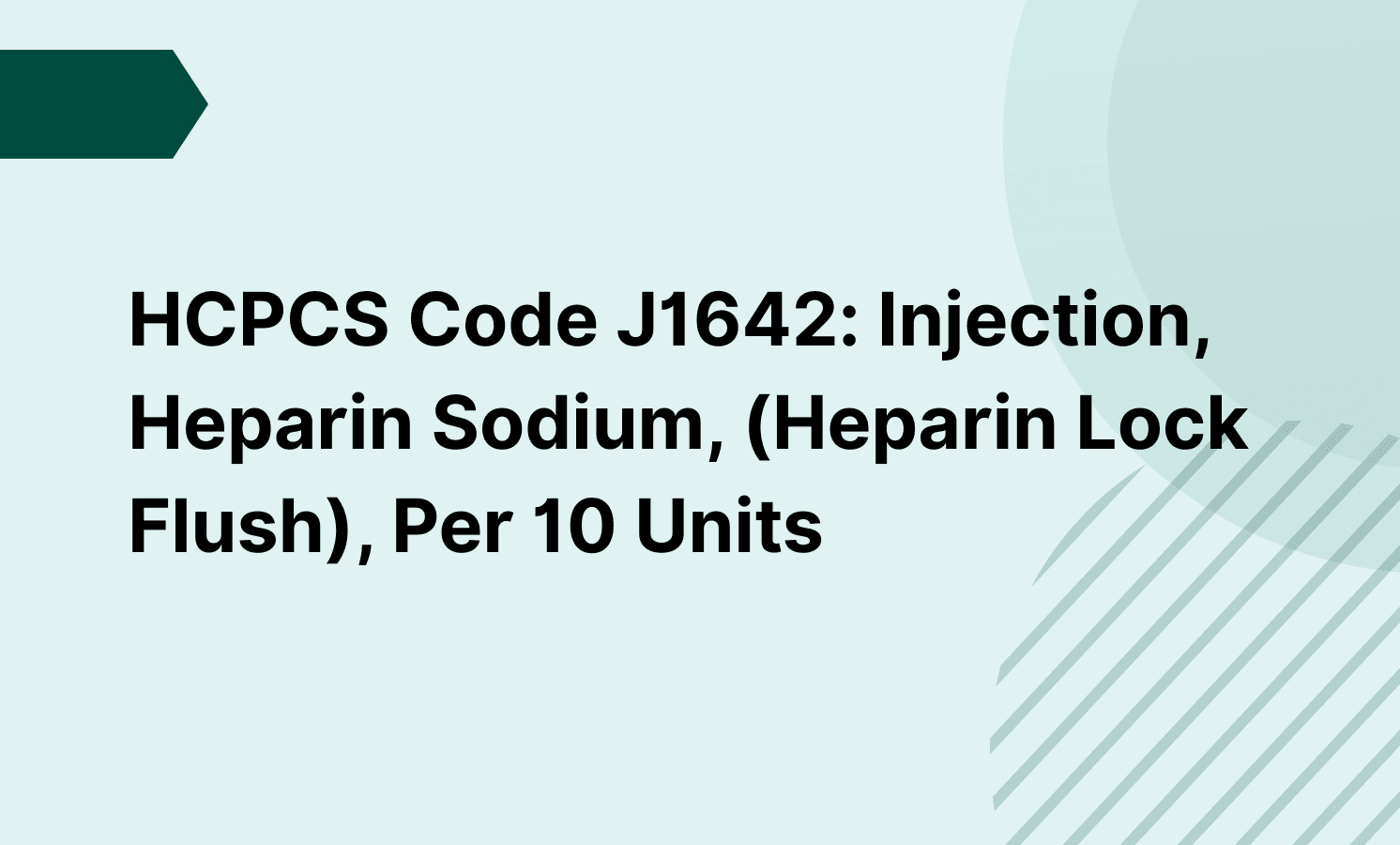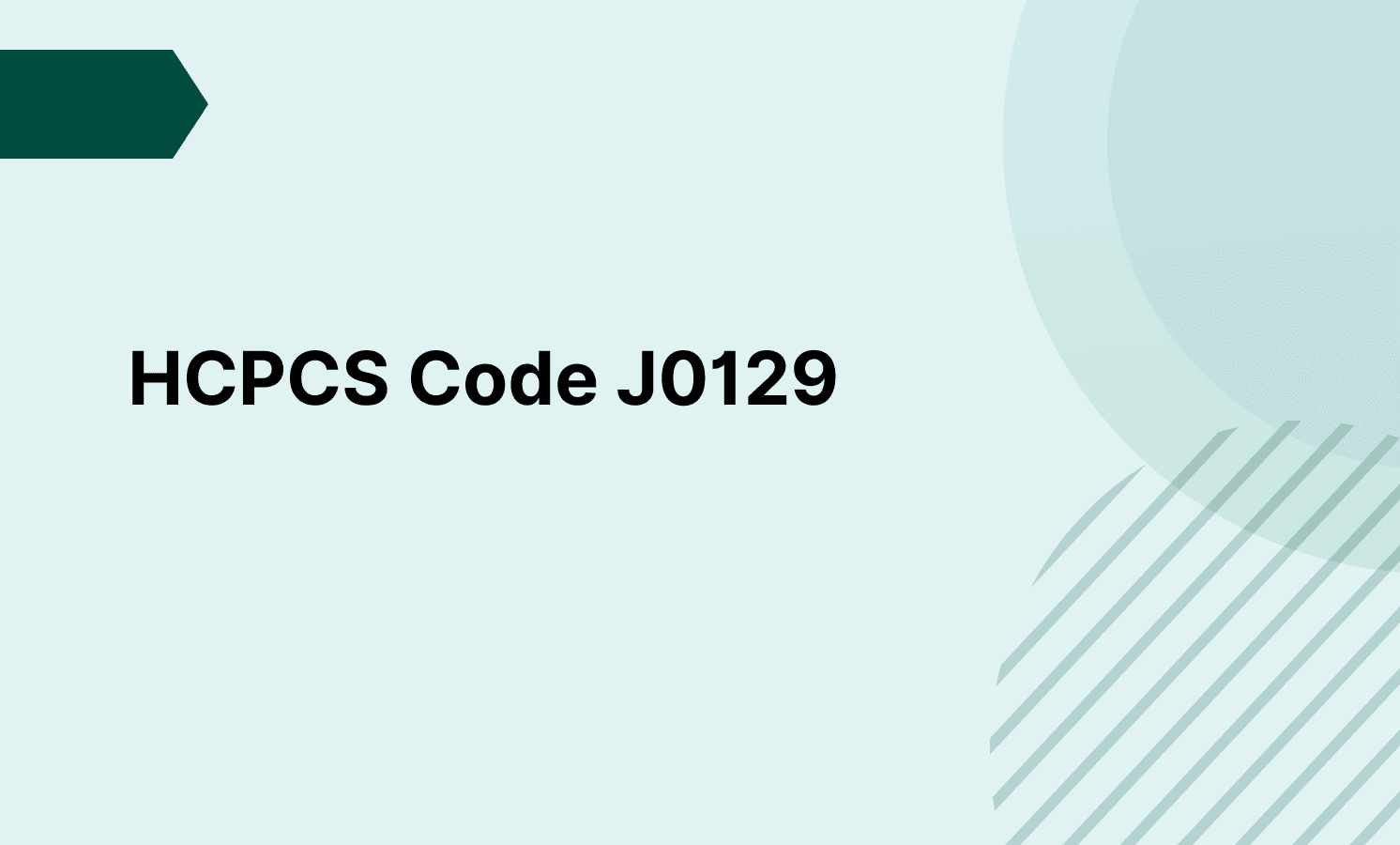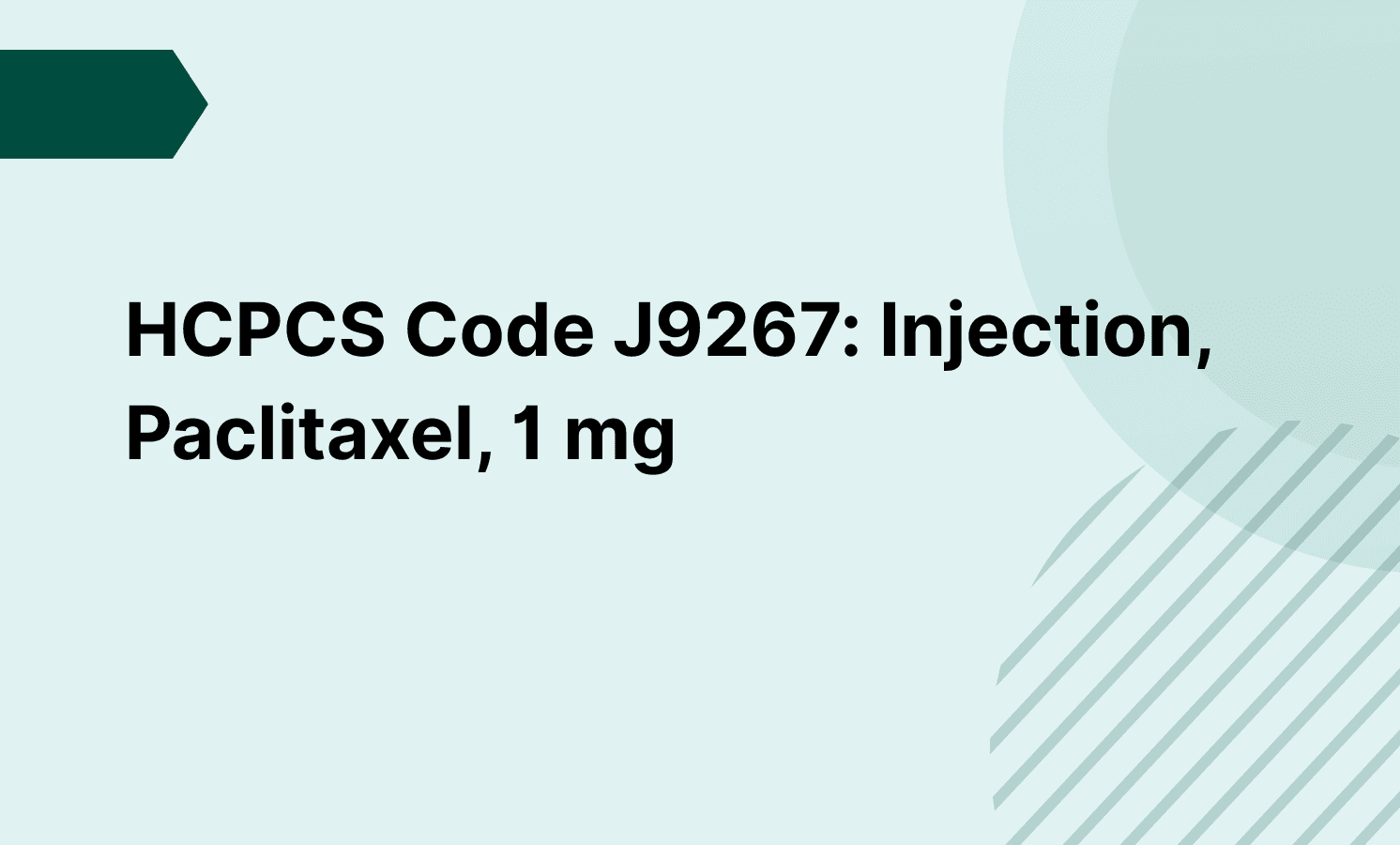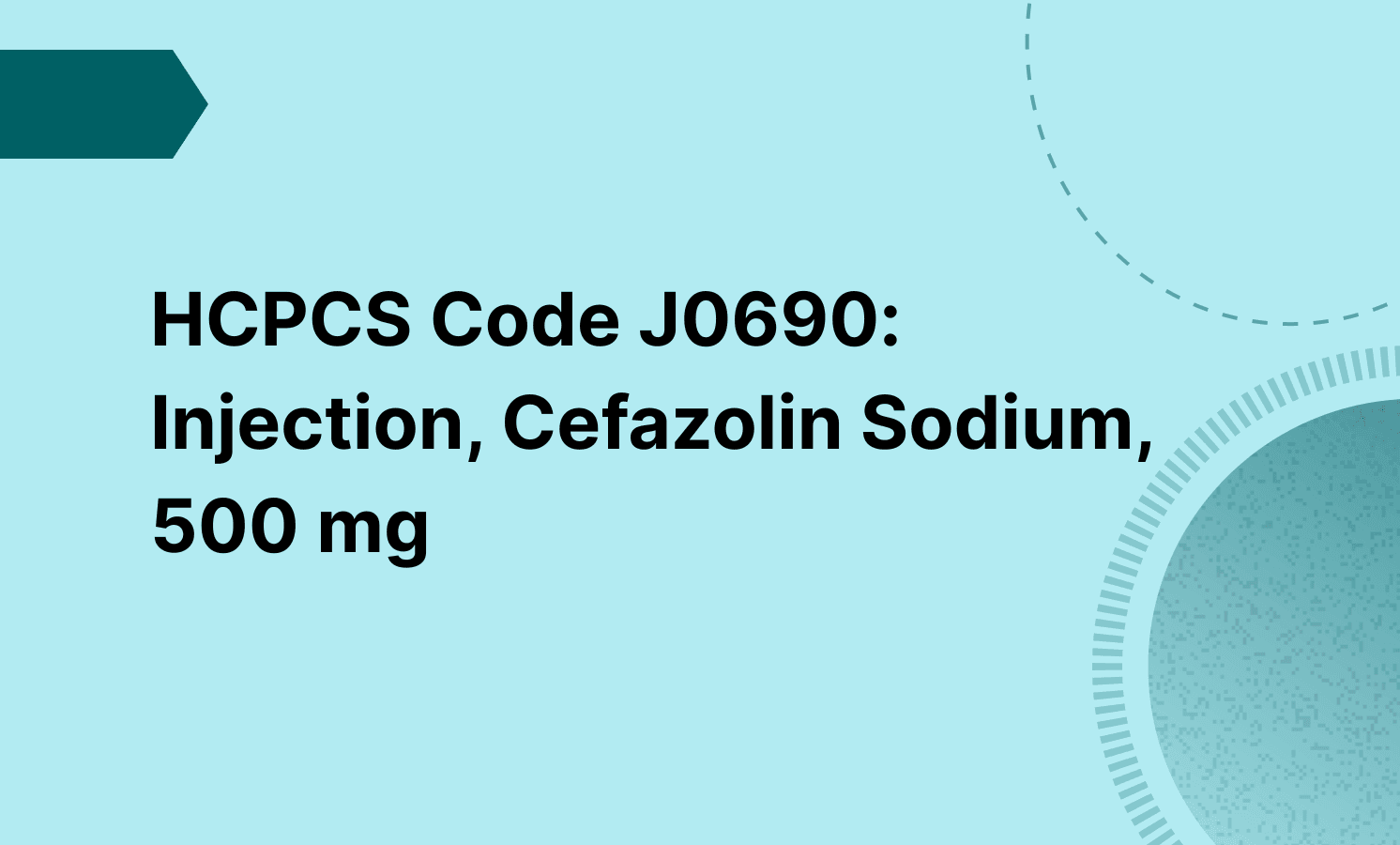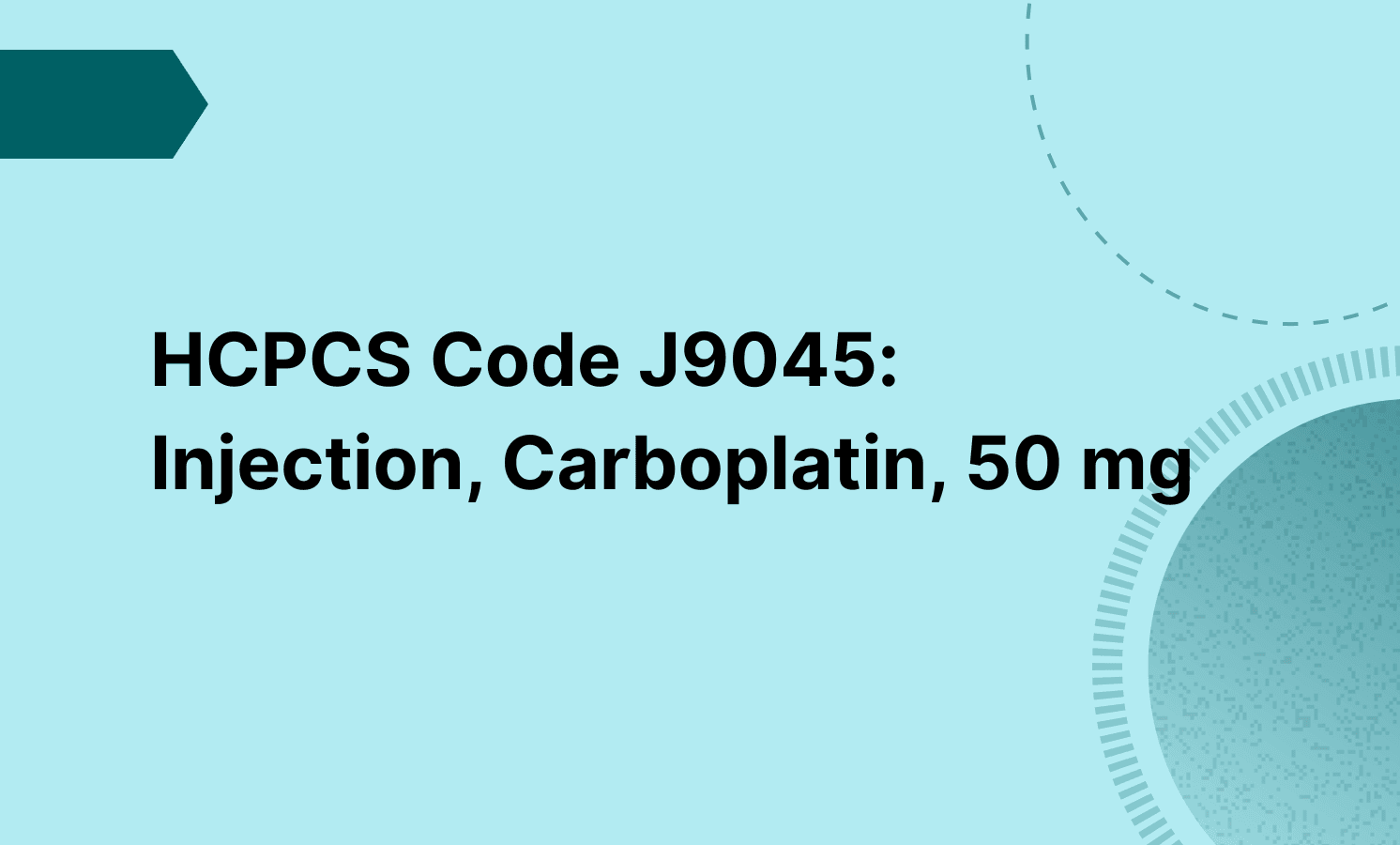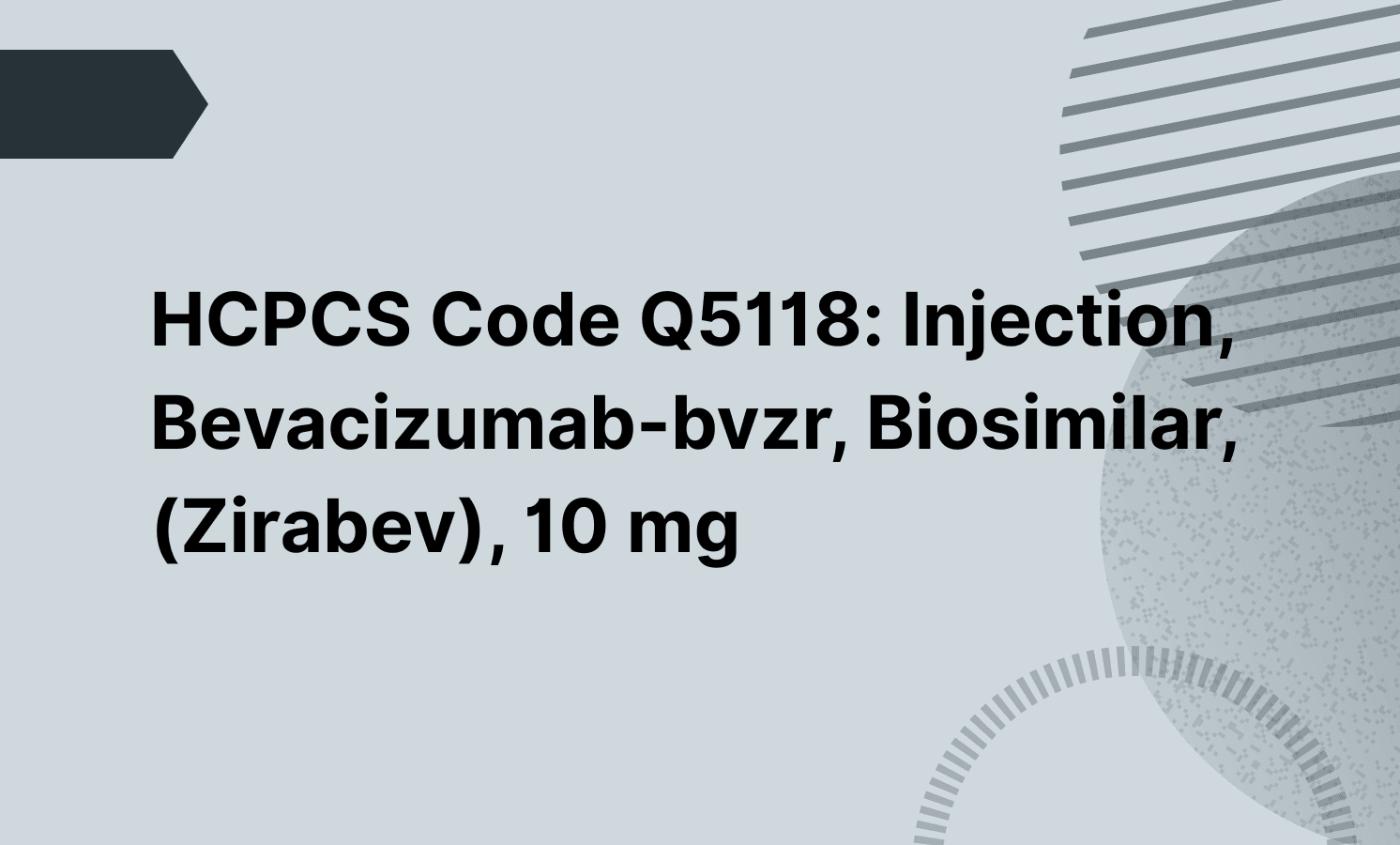CPT code 33249 describes inserting or replacing an implantable cardioverter-defibrillator (ICD) system with transvenous leads. This procedure involves surgically implanting or replacing the ICD device, which monitors heart rhythms and can deliver electrical shocks to treat life-threatening arrhythmias, with the leads threaded through veins into the heart.
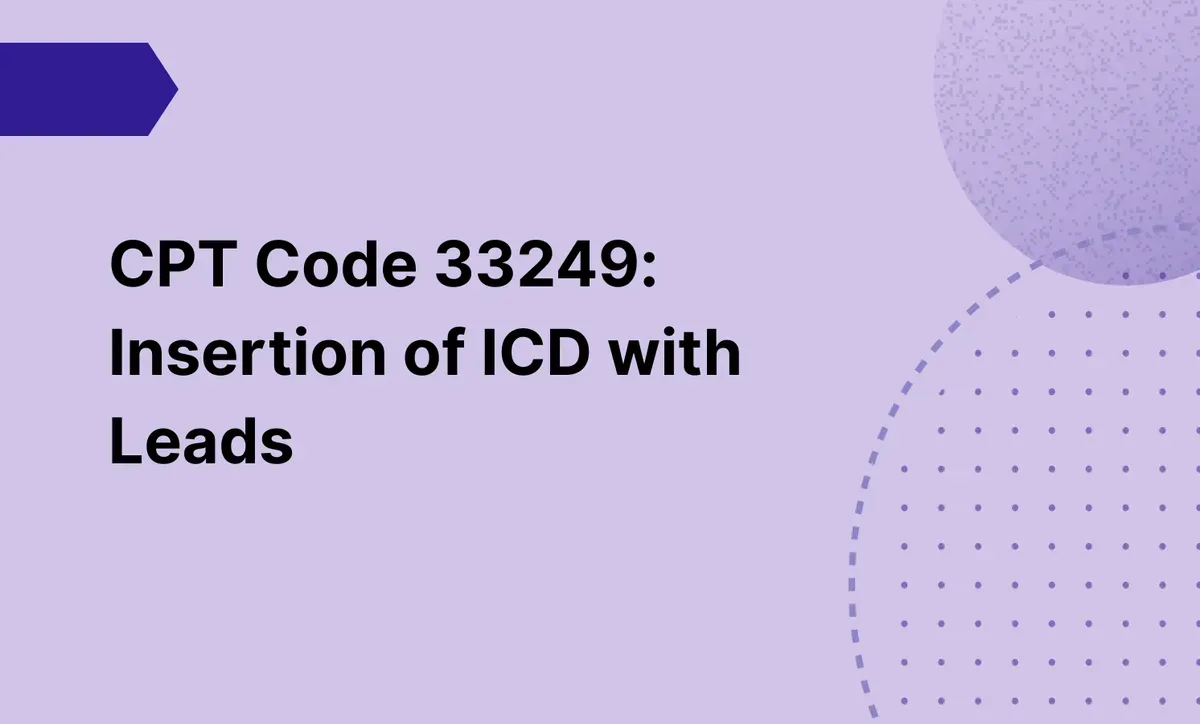
CPT Code 33249: Insertion of ICD with Leads
Learn more about the 33249 CPT code with insights on billing and reimbursement strategies. Optimize the coding and billing process in your practice.
Frequently asked questions
You can bill CPT codes 33249 and 33225 together when both procedures are performed. CPT 33225 is an add-on code for inserting a left ventricular lead for cardiac resynchronization therapy (CRT), and it is appropriately reported in addition to the primary code 33249 for ICD system insertion or replacement. No modifier is typically required on 33225 since it is an add-on code, but payer requirements may vary, so always verify with your carrier.
The CPT code for a biventricular ICD implant, also known as a cardiac resynchronization therapy defibrillator (CRT-D), is 33249 for the insertion or replacement of the ICD system with leads, plus add-on code 33225 for the insertion of the left ventricular pacing lead at the time of ICD placement. Both codes should be reported together to accurately describe a biventricular ICD implant procedure.
EHR and practice management software
Get started for free
*No credit card required
Free
$0/usd
Unlimited clients
Telehealth
1GB of storage
Client portal text
Automated billing and online payments

